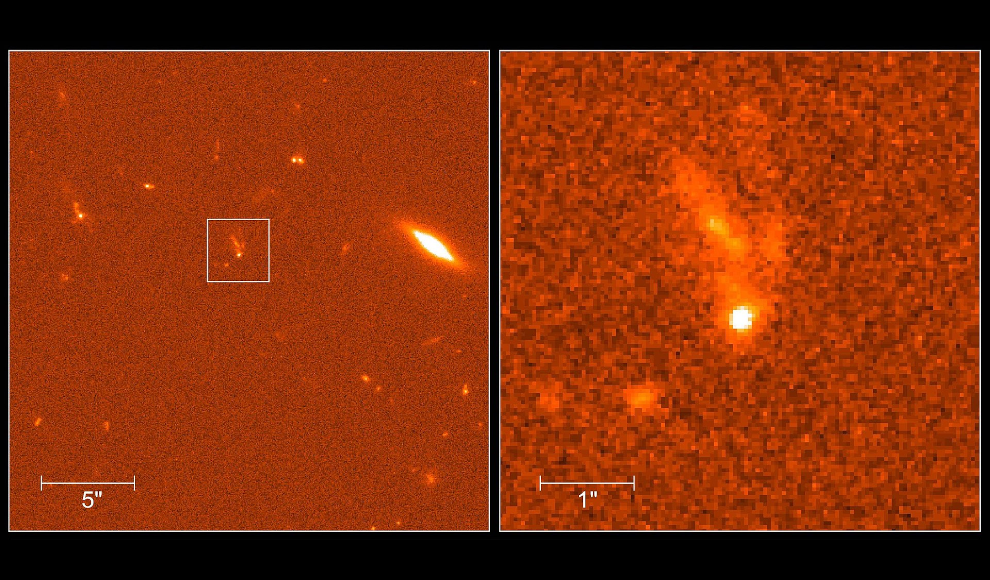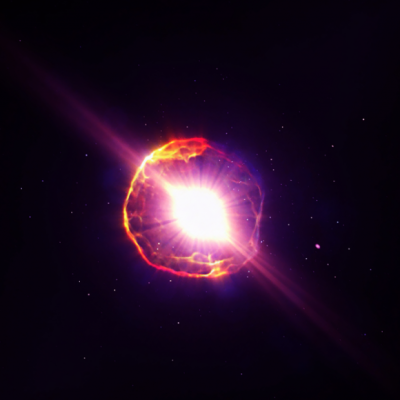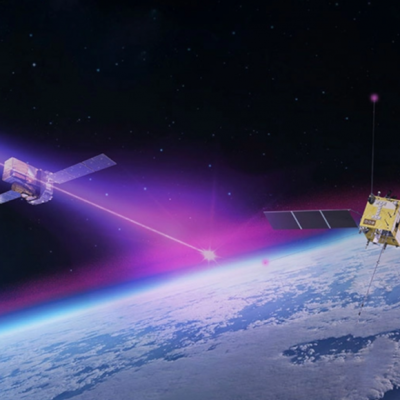A new measuring instrument developed by scientists from Switzerland and Germany is set to explore the origins of gamma-ray bursts. The instrument, called Polar 2, will be installed on the Chinese space station Tiangong (Heavenly Palace). Gamma-ray bursts, also known as gamma-ray pulses, gamma-ray bursts, and gamma-ray explosions, are the most powerful explosions in the universe. Their bright and energetic radiation emits as much energy within a few seconds as the sun emits in its entire lifetime. The light emissions of the strongest known space explosion, GRB 221009A, were at 18 teraelectronvolts. While astronomers have discovered that gamma-ray bursts occur when two neutron stars merge or a massive star explodes, the exact process of their formation is still unknown.
To investigate the origins of gamma-ray bursts, scientists from the University of Geneva and the Max Planck Institute for Extraterrestrial Physics (MPE) have developed the measuring instrument Polar 2. The Swiss Space Office (SSO) financed the development of the instrument. Polar 2 will detect the vibration direction of gamma-ray bursts to determine whether all waves of gamma radiation are polarized in one direction or chaotic. Astrophysicist Jochen Greiner explains that the researchers hope to gain new insights into the origins of gamma-ray bursts through Polar 2. “In recent years, two possible models have emerged. However, we can only make the ultimate decision between the two through the polarization of the gamma radiation of these bursts.”
Polar 2 will be installed on the Chinese space station Tiangong (Heavenly Palace), with a rocket transporting the measuring instrument to the space station at the end of next year. China will cover the costs of the rocket launch and operation. With Polar 2, scientists hope to uncover the mysteries surrounding gamma-ray bursts and gain a better understanding of the universe’s most powerful explosions.







-400x400.jpg)


